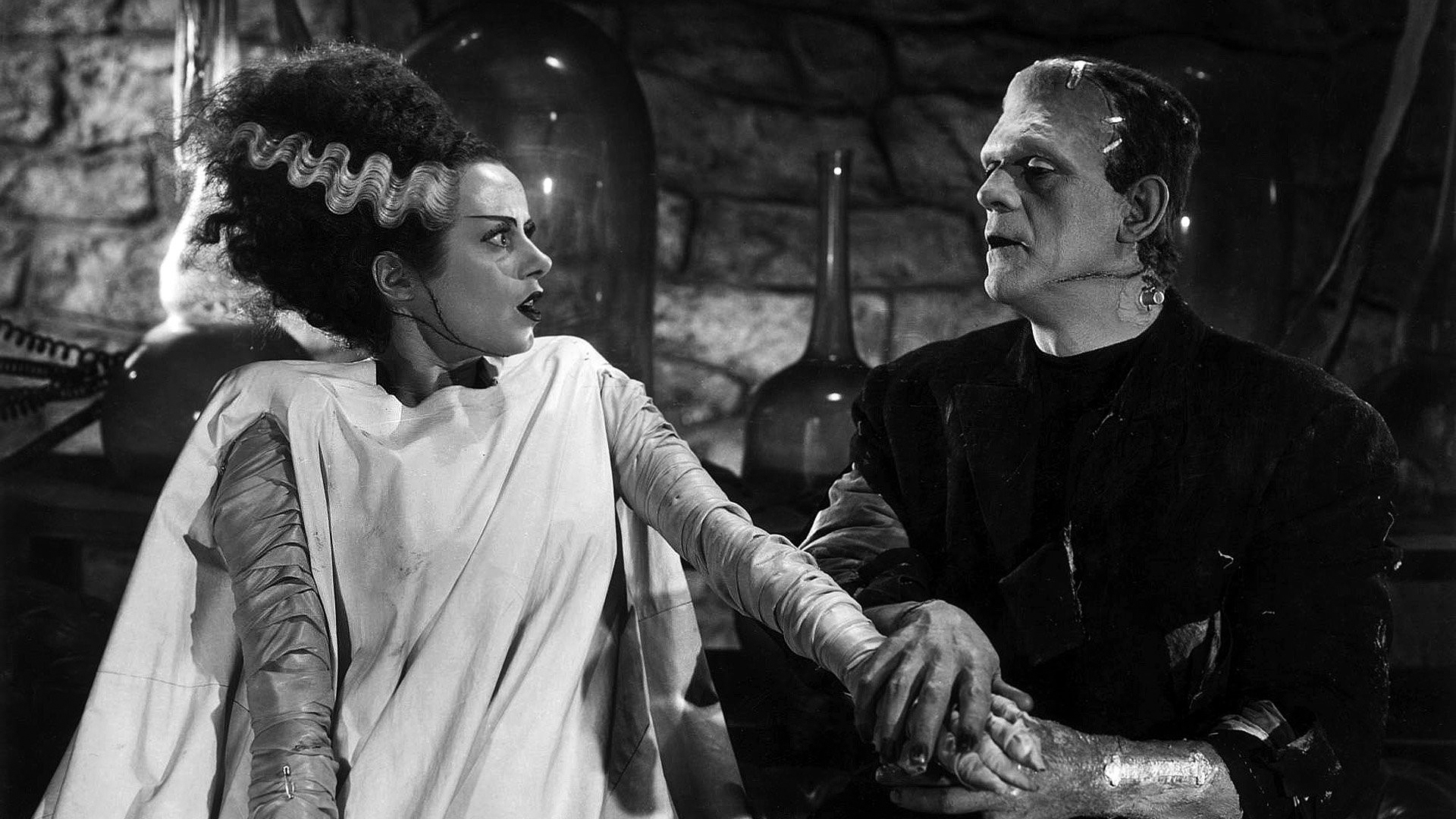From crypt to screen

The UCLA Film and Television Archive will be showing “Bride of Frankenstein,” the 1935 sequel to “Frankenstein,” as part of their “Out of the Past” series, which showcases remastered classic films. (Photo: The Movie DB)
“The Bridge of Frankenstein”
Tonight, 7:30 p.m.
Billy Wilder Theater, FREE
By Ilse Escobar
Sept. 27, 2010 1:30 a.m.
There may be no better way to prepare for the month of October than with a dark theater and a scary movie.
The UCLA Film and Television Archive is screening “Bride of Frankenstein” as part of the “Out of the Past: Film Restoration Today” series. The archive, in conjunction with the Academy of Motion Picture Arts and Sciences, has organized these screenings of remastered films through the end of November. Tonight’s screening will be at the Billy Wilder Theater at 7:30 p.m.
“Both (“˜Frankenstein’ and “˜Bride of Frankenstein’) are really special movies; both are made by the same director (James Whale),” said Shannon Kelley, director of programming at the archive. “In “˜Bride’ there are more elaborate sets and crazy situations. It is a very strange movie because it is a horror and romance.”
“Bride of Frankenstein” premiered in 1935 as a sequel to “Frankenstein.” The first film, based on Mary Shelley’s classic by the same name, ends with Dr. Frankenstein dying at the hands of his own monster, and the monster being engulfed in flames.
“Bride of Frankenstein” begins with the moments immediately following these events, revealing that the doctor and his creation lived through the ordeal. Later, Dr. Frankenstein is coerced into making a mate for his creation.
“It was a very smart sequel that engaged both the audience and the critics alike and made a cult star out of the bride herself, Elsa Lanchester,” said David Worth, a visiting assistant professor in the department of film, television and digital media.
The evolution of monster movies since the days of “Bride of Frankenstein” has been a long trajectory. Plots, however, usually involve humans against a dangerous threatening being: oversized gorillas, sharks, dinosaurs and aliens. Monster movies transcend genres, fitting potentially into the horror, science fiction or action category.
According to Worth, the monster movie found its beginning in silent movies such as “The Phantom of the Opera,” starring Lon Chaney. No matter the monster, they find common ground in certain aspects, even early in the history of monster movies.
“Early on, Hollywood discovered that the audience loved to experience the thrill of being “˜scared to death’ as long as it was from the safety of their comfortable seats in an air-conditioned theater,” Worth said.
The basic thrill of monster movies remains the same, but they now range widely by type and budget. There are the blockbuster hits with huge budgets and there are the low-budget films, all with the promise of thrill. But the size of a budget or the quality of computer graphics does not necessarily signal a good monster movie.
“On one hand, I loved “˜The Blair Witch Project,’ and on the other, I can watch big-budget offspring “˜Cloverfield’ over and over again. … Today, what a monster movie has to do is to be engaging and compelling,” Worth said.
Another integral part of monster movies is the score. Many can hear the “Jurassic Park” theme song, for instance, and instantly picture a stalking Tyrannosaurus rex. But the score can also take on a more instrumental role in helping monster movies deliver the thrill audiences seek.
“It has to have good music, music that builds suspense, like “˜Jaws,'” said Rusdeep Mundae, a third-year neuroscience student.
According to Kelley, the score of “Bride of Frankenstein” is better than its prequel’s, aiding in the suspense. In such respects, not much has changed in the monster movie industry.
The long-standing monster movies have proved substantial, beyond the simple thrill aspect, especially if they are reflective of humanity.
“The importance about these Frankenstein films is that they establish a character you care about. It makes the audience like them. Strangely, they are on (Frankenstein’s) side,” Kelley said.


